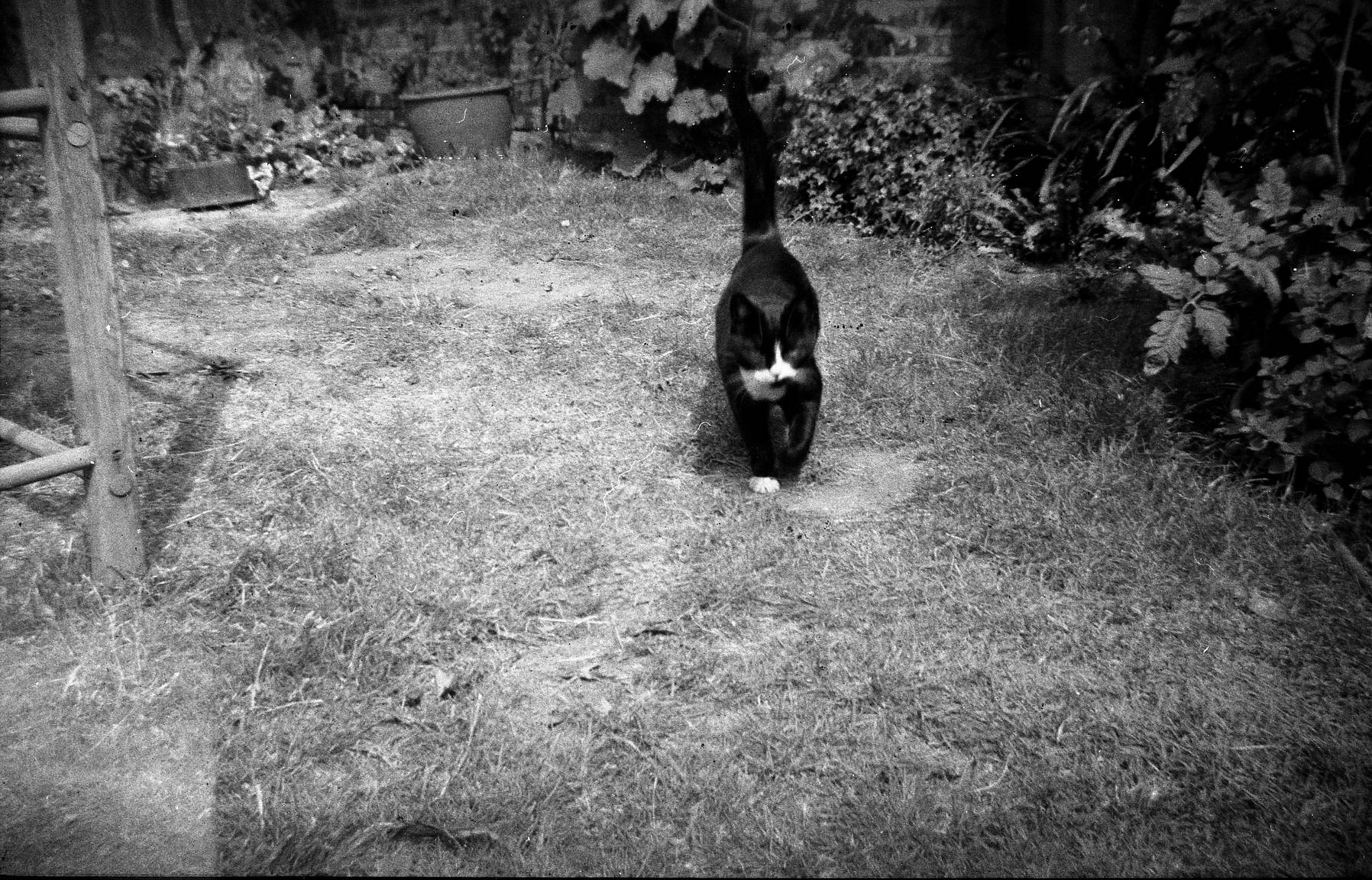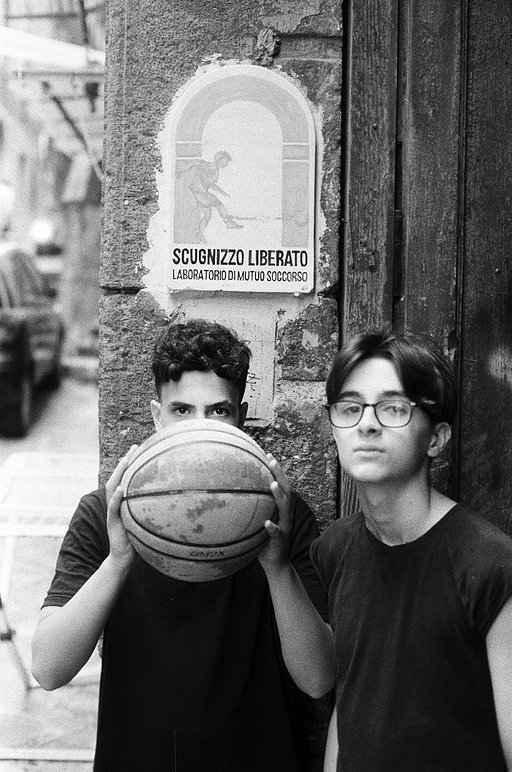Expired Film: Developing Ancient Black and White Film
8 15 Share TweetIf you find, win or are given a roll of really old, expired black and white film what is the best way to develop it at home? This was the problem I was posed when my father in law said that he had found a roll of film than he thought had been shot at least 35 years old. He asked if I could develop it and I said I would give it ago.

This film had not been stored properly during the intervening years and had just been left at the back of a draw getting hot in summer and cold in winter. In the last few years, he had tried to send it to several photo labs, who had all said they couldn’t develop this type of film anymore.
The main problem, I think, was that it was 127 format film which was discontinued my Kodak many years ago. Luckily for me, my Paterson development tank and reels can take 127 film. The other problem was that it just said ‘Boot – Black and White Film’ on the backing paper. An added note visible after I loaded it on to the reel said “Process at Boot immediately for best results”, definitely not an option! There was no information about ISO or anything else which might have given away who the real manufacturer was of this store brand film, or how it might have been developed when new.
The next issue is what to do with a film this old. Over the years, the film is affected by heat and cosmic rays. This causes a ‘base fog’, an overall exposure of the film which seriously decreases contrast and leaves the shadows looking washed out and the overall image lacking contrast. To deal with this you can choose certain black and white developers which suppress the base fog. Luckily I had a bottle of Kodak HC-110 developer in the cupboard and this is one of the best developers for this purpose. After a bit of research, I decide on developing this film in dilution B (1 part developer to 63 parts water) for 9 minutes at 20 degrees Celsius. I had had suggestions to use weaker dilutions and longer development times, but these tend to lead to lower contrast so I went for the higher concentration.
I started with a 3-minute presoak of the film in water at 20 degrees Celsius, to soften the old dry emulsion. This should allow the developer to penetrate the emulsion at an even rate.
The next choice was how often to agitate during development. Again, the advice I receive online varied. More frequent agitation led to increased contrast (good) but also increased grain (bad). In the end, I went for 10 seconds of agitation every minute. The resulting negatives were entirely usable.They were definitely not the finest grain or most contrasty negatives I had ever developed, but they were perfectly usable and gave a great peek back into the past.
This method should work for any unknown film of a similar age, but results will vary depending on film type and storage conditions. If you’ve developed ancient film, please let me know how you got along and share any tips below.
This article was written by Community member simonh82.
written by simonh82 on 2012-04-06 #gear #tutorials #black-and-white #expired-film #tipster #development #ancient #found-film #127 #home-development #film-processing























8 Comments